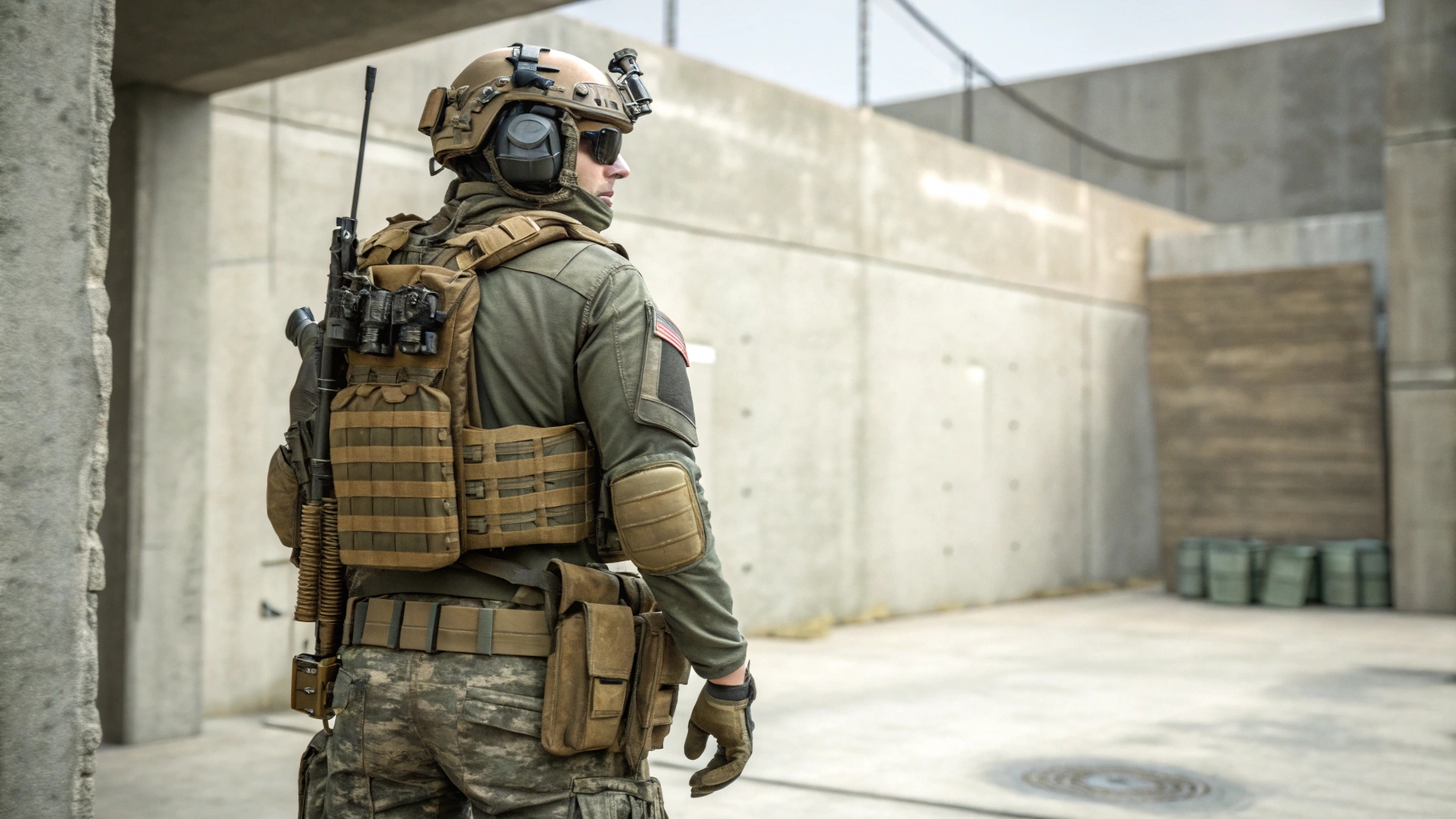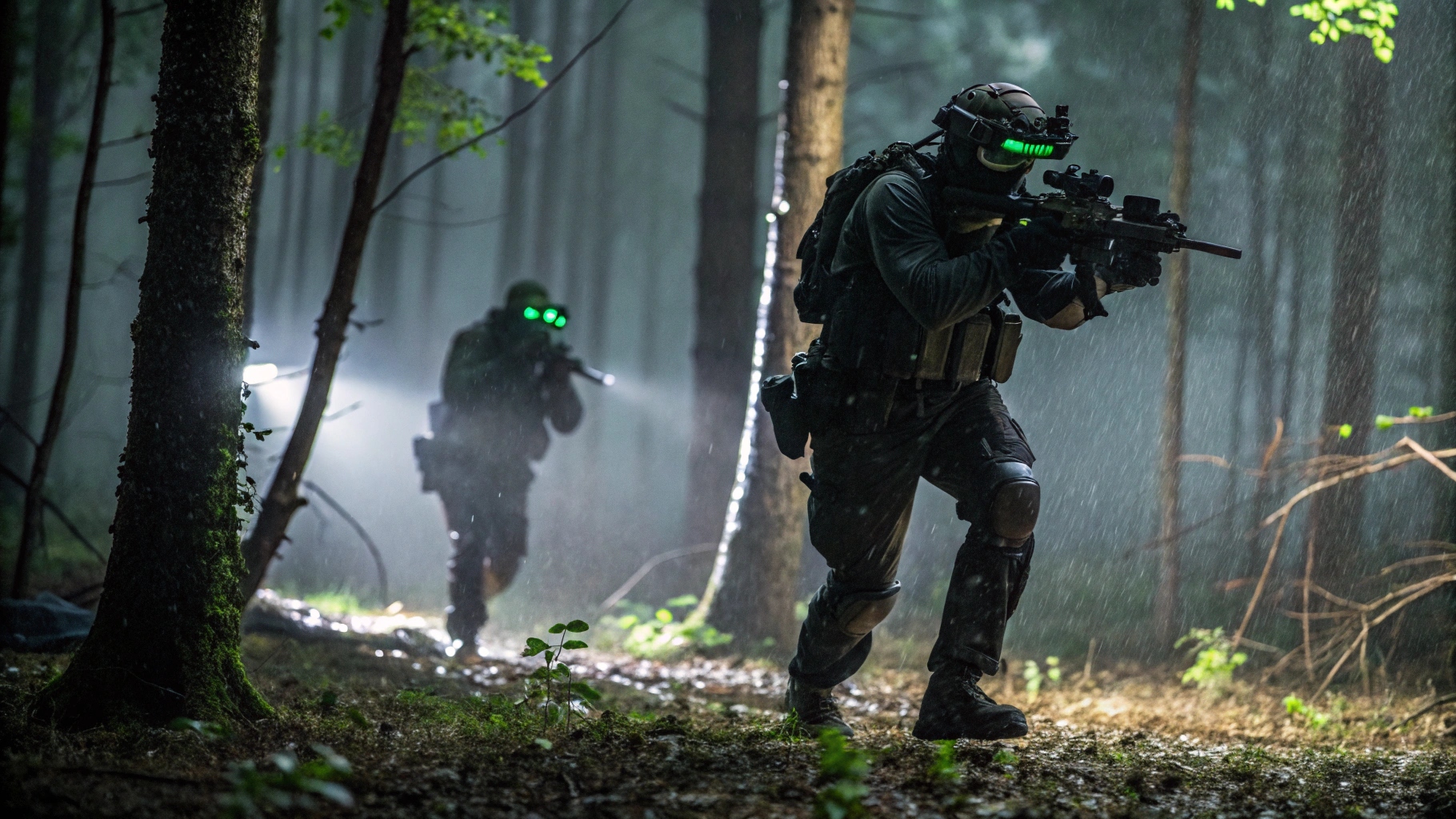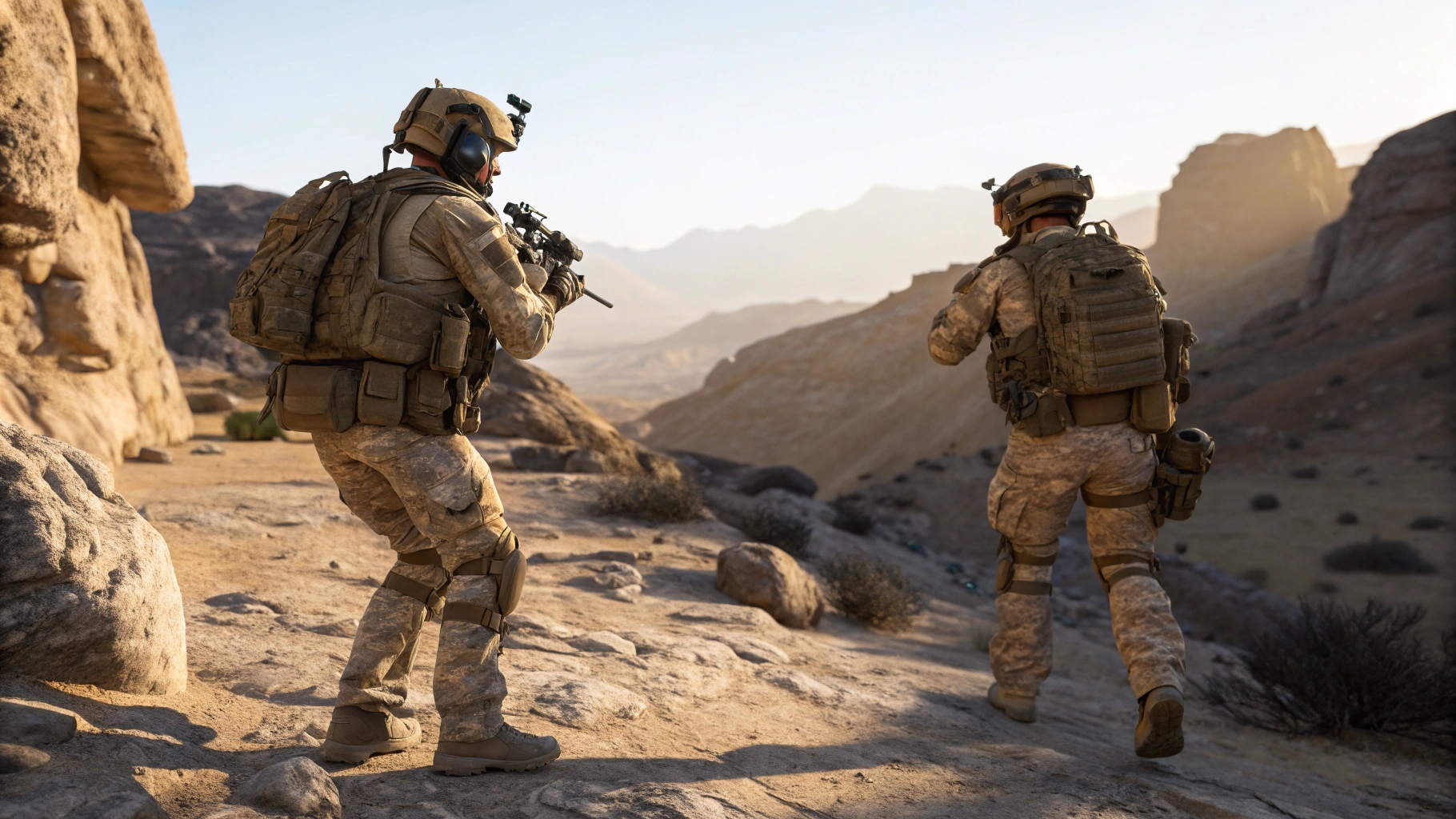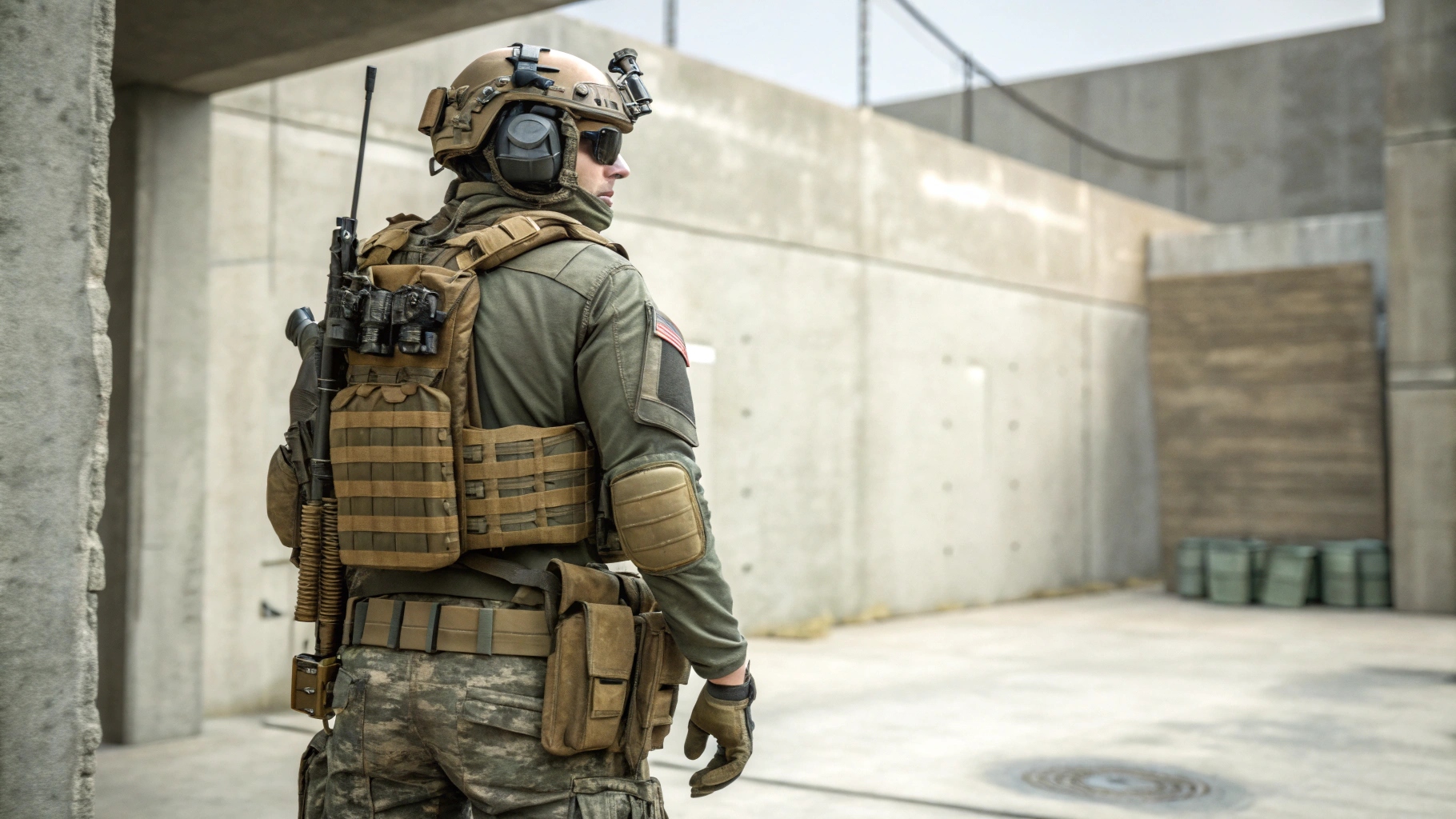
The US Army is leveraging its deployment with Customs and Border Protection along the US-Mexico border to trial augmented reality equipment and counter-drone systems under live operational conditions. The initiative, launched under the Trump administration, is intended to enhance intelligence-sharing on illegal crossings while allowing troops to test battlefield technologies in environments that cannot be replicated in training.
Among the tools in use are the Integrated Visual Augmentation System (IVAS) 1.2 goggles and DZYNE’s Dronebuster, a rifle-style counter-UAS weapon. Built on Microsoft’s HoloLens platform, IVAS integrates augmented reality with thermal imaging, navigation, and night vision to support continuous patrols. The updated 1.2 model, co-developed with Anduril and Meta, features improved comfort and usability compared to earlier versions that faced criticism for causing fatigue.
The Dronebuster provides soldiers with a lightweight, handheld counter-drone device capable of jamming UAVs up to 2 kilometers away. Weighing under 3 kilograms and requiring no external power, it includes built-in radio detection to locate drone activity. Troops are also fielding Anduril’s Black Hornet 4 microdrones for reconnaissance and Palantir’s Tactical Intelligence Targeting Access Node, a mounted system scanning radio frequencies for threats.
Additional gear includes upgraded remotely operated weapon stations and long-range radios enabling near-instant communication with border patrol. According to Col. Hugh Jones of the 2nd Stryker Brigade Combat Team, his soldiers are tasked with covering more than 1,000 miles of border terrain, from deserts to swamps, with roughly one soldier assigned for every half-mile.





